+ Filter
 Loading...
Loading...

CD19 & CD28
Engineered Antibody Products
Glyco-Engineering Antibody Products
Antibody Magnetic Beads
AbPlus
Recombinant Antibody Products
Functional Antibody Products
Formats
Anti-CD19 & CD28 Recombinant Antibody Products
- AbPlus™ Anti-CD19 Magnetic Beads (VS-0724-YC640) (VS-0724-YC640)
-
- Target: CD19
- Target Species: Human
- Application: IP, Protein Purification
- AbPlus™ Anti-CD28 Magnetic Beads (VS-0424-XY52) (VS-0424-XY52)
-
- Target: CD28
- Target Species: Human
- Application: IP, Protein Purification
-
- Target: CD28
- Species Reactivity: Human
- Cytokine 1: TNF
- Host: Mouse
- Cytokine 1 Species: Human
- Molecule Class: TNF-IgG2a
- Anti-CD19 immunotoxin HD37 (IgG)-PE (AGTO-G076E)
-
- Species Reactivity: Human
- Application: Cytotoxicity assay, Function study
- Anti-CD19 immunotoxin HD37 (IgG)-DT (AGTO-G076D)
-
- Species Reactivity: Human
- Application: Cytotoxicity assay, Function study
- Anti-CD19 immunotoxin HD37 (IgG)-RTA (AGTO-G076R)
-
- Species Reactivity: Human
- Application: Cytotoxicity assay, Function study
- Anti-CD19 immunotoxin HD37 (IgG)-Sap (AGTO-G076S)
-
- Species Reactivity: Human
- Application: Cytotoxicity assay, Function study
- Anti-CD19 immunotoxin HD37 (IgG)-PAP (AGTO-G076P)
-
- Species Reactivity: Human
- Application: Cytotoxicity assay, Function study
- anti-CD19 immunotoxin HD37 (scFv)-PE (AGTO-L047E)
-
- Species Reactivity: Human
- Application: Cytotoxicity assay, Functional assay
- anti-CD19 immunotoxin HD37 (scFv)-DT (AGTO-L047D)
-
- Species Reactivity: Human
- Application: Cytotoxicity assay, Functional assay
- anti-CD19 immunotoxin HD37 (scFv)-RTA (AGTO-L047R)
-
- Species Reactivity: Human
- Application: Cytotoxicity assay, Functional assay
- anti-CD19 immunotoxin HD37 (scFv)-Sap (AGTO-L047S)
-
- Species Reactivity: Human
- Application: Cytotoxicity assay, Functional assay
- anti-CD19 immunotoxin HD37 (scFv)-PAP (AGTO-L047P)
-
- Species Reactivity: Human
- Application: Cytotoxicity assay, Functional assay
-
- Target: CD28
- Species Reactivity: Human
- Cytokine 1: IL2
- Host: Mouse
- Cytokine 1 Species: Human
- Molecule Class: IL2-IgG2a
-
- Antibody Host: Mouse
- Antibody Reactivity: Human
-
- Antibody Host: Mouse
- Antibody Reactivity: Human
More Infomation
Can't find the products you're looking for? Try to filter in the left sidebar.Filter By Tag
More Infomation
Our customer service representatives are available 24 hours a day, from Monday to Sunday. Contact Us
For Research Use Only. Not For Clinical Use.
This gene encodes a member of the immunoglobulin gene superfamily. Expression of this cell surface protein is restricted to B cell lymphocytes. This protein is a reliable marker for pre-B cells but its expression diminishes during terminal B cell differentiation in antibody secreting plasma cells. The protein has two N-terminal extracellular Ig-like domains separated by a non-Ig-like domain, a hydrophobic transmembrane domain, and a large C-terminal cytoplasmic domain. This protein forms a complex with several membrane proteins including complement receptor type 2 (CD21) and tetraspanin (CD81) and this complex reduces the threshold for antigen-initiated B cell activation. Activation of this B-cell antigen receptor complex activates the phosphatidylinositol 3-kinase signalling pathway and the subsequent release of intracellular stores of calcium ions. This protein is a target of chimeric antigen receptor (CAR) T-cells used in the treatment of lymphoblastic leukemia. Mutations in this gene are associated with the disease common variable immunodeficiency 3 (CVID3) which results in a failure of B-cell differentiation and impaired secretion of immunoglobulins. CVID3 is characterized by hypogammaglobulinemia, an inability to mount an antibody response to antigen, and recurrent bacterial infections.

The protein encoded by this gene is essential for T-cell proliferation and survival, cytokine production, and T-helper type-2 development. Several alternatively spliced transcript variants encoding different isoforms have been found for this gene.


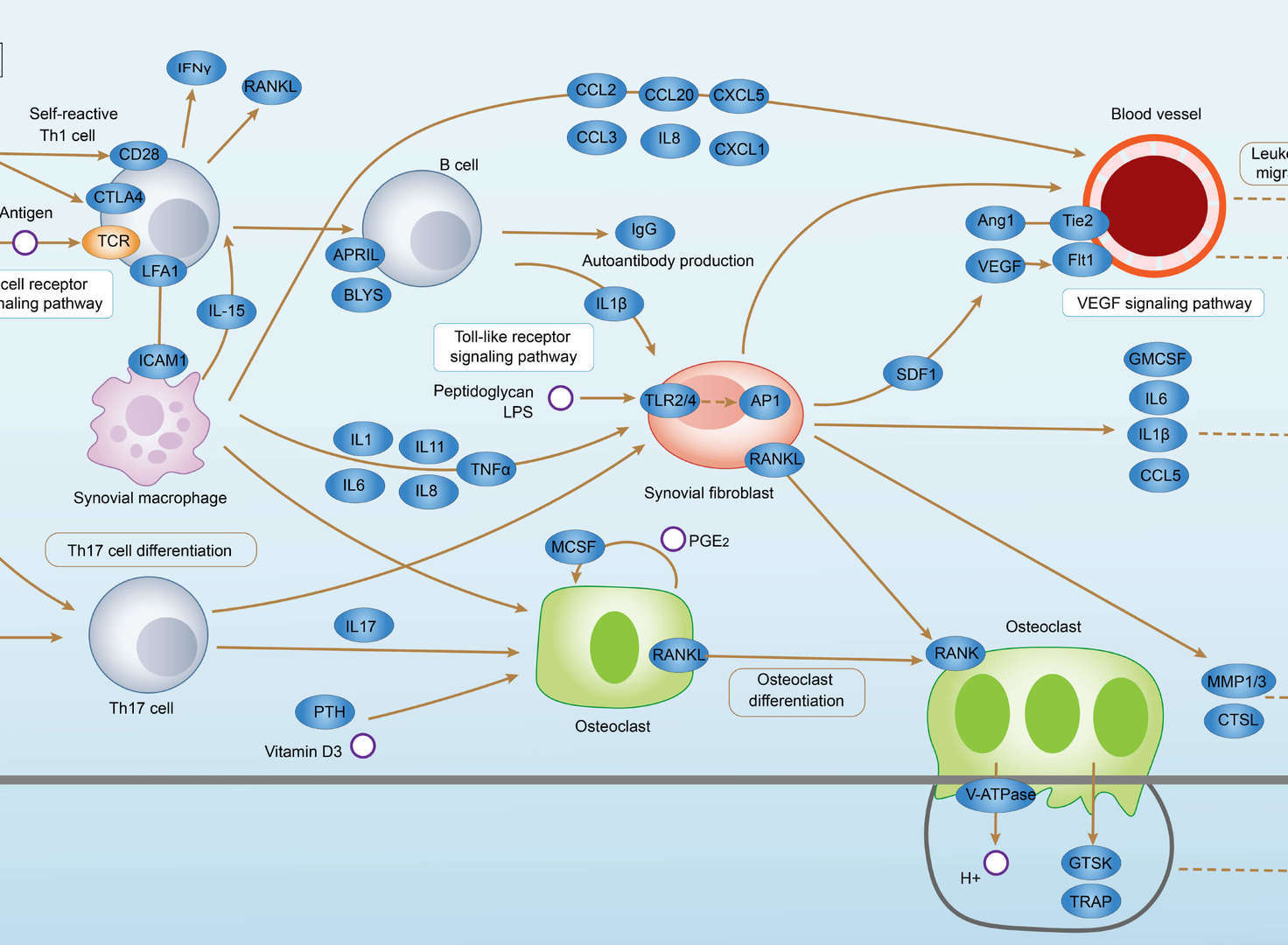 Rheumatoid Arthritis
Rheumatoid Arthritis
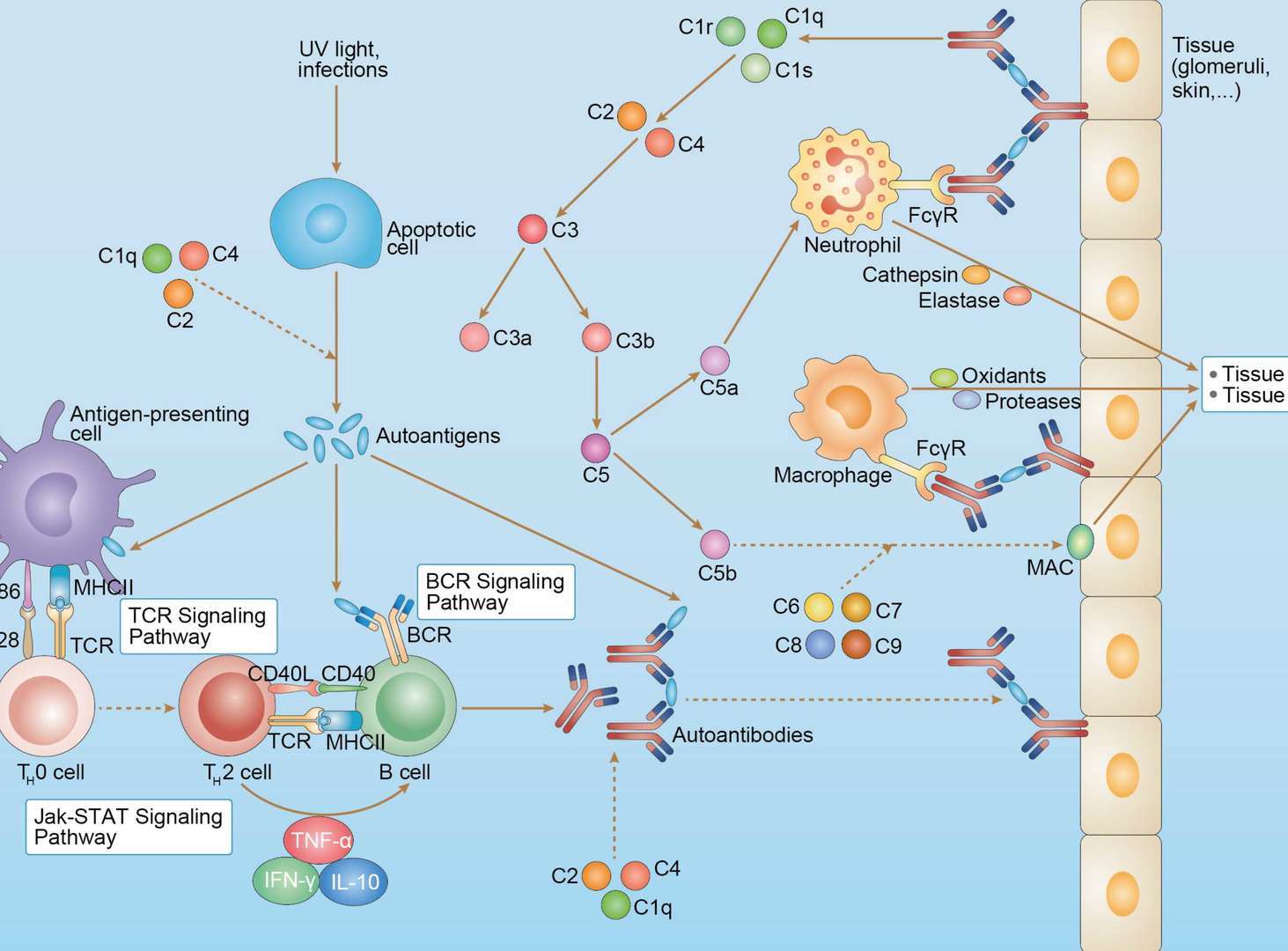 Systemic Lupus Erythematosus
Systemic Lupus Erythematosus
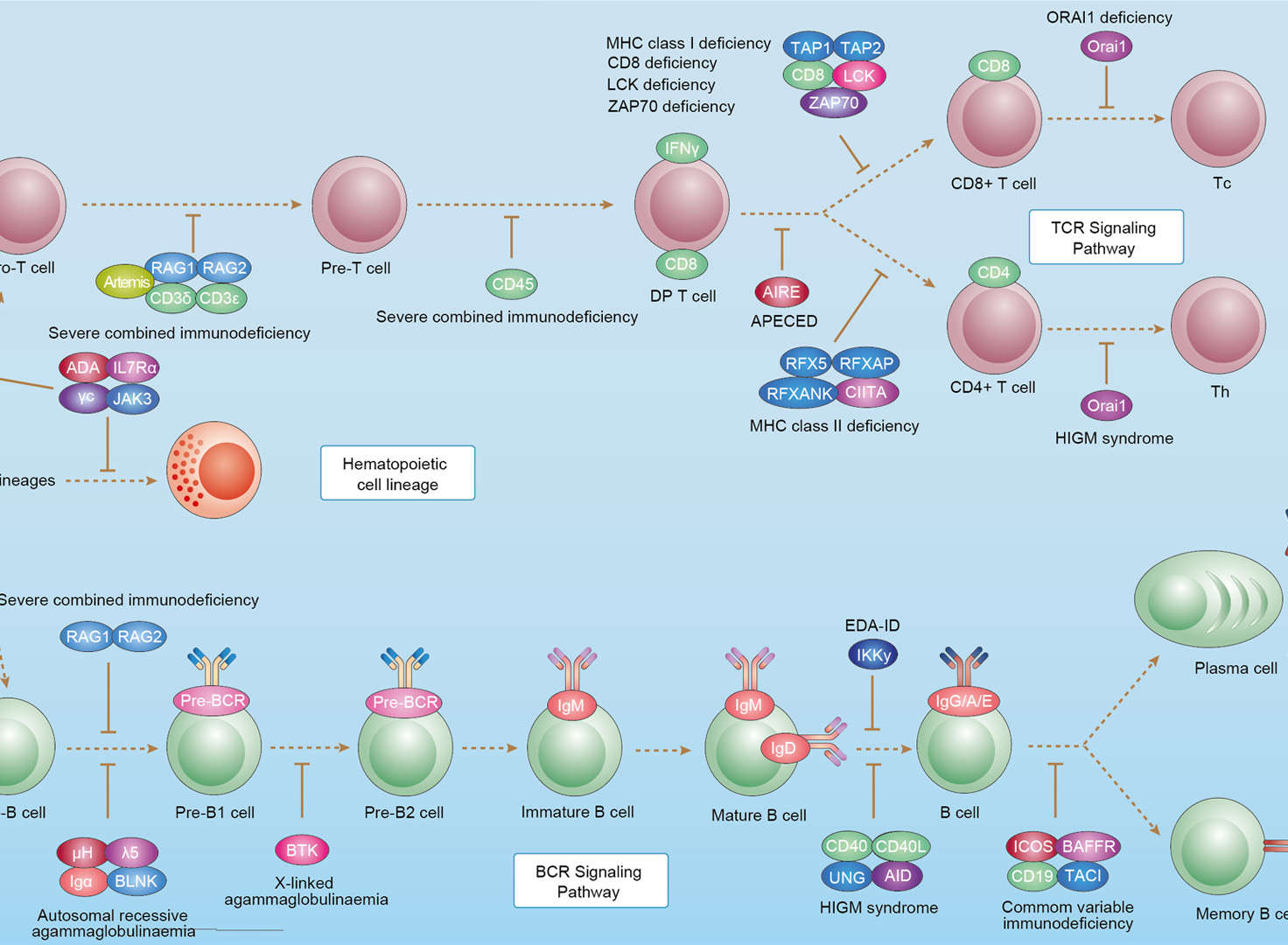 Primary Immunodeficiency
Primary Immunodeficiency
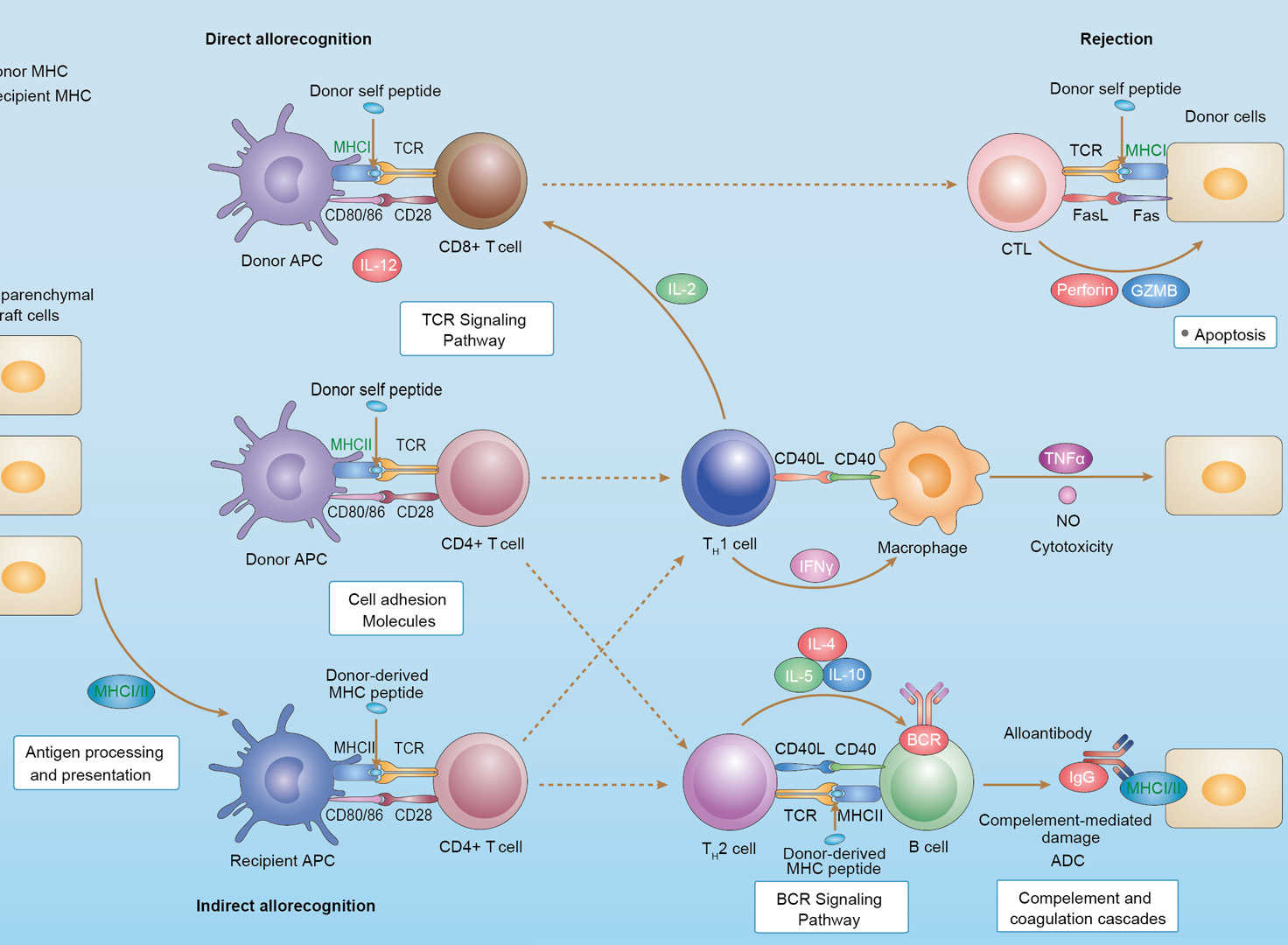 Allograft Rejection
Allograft Rejection
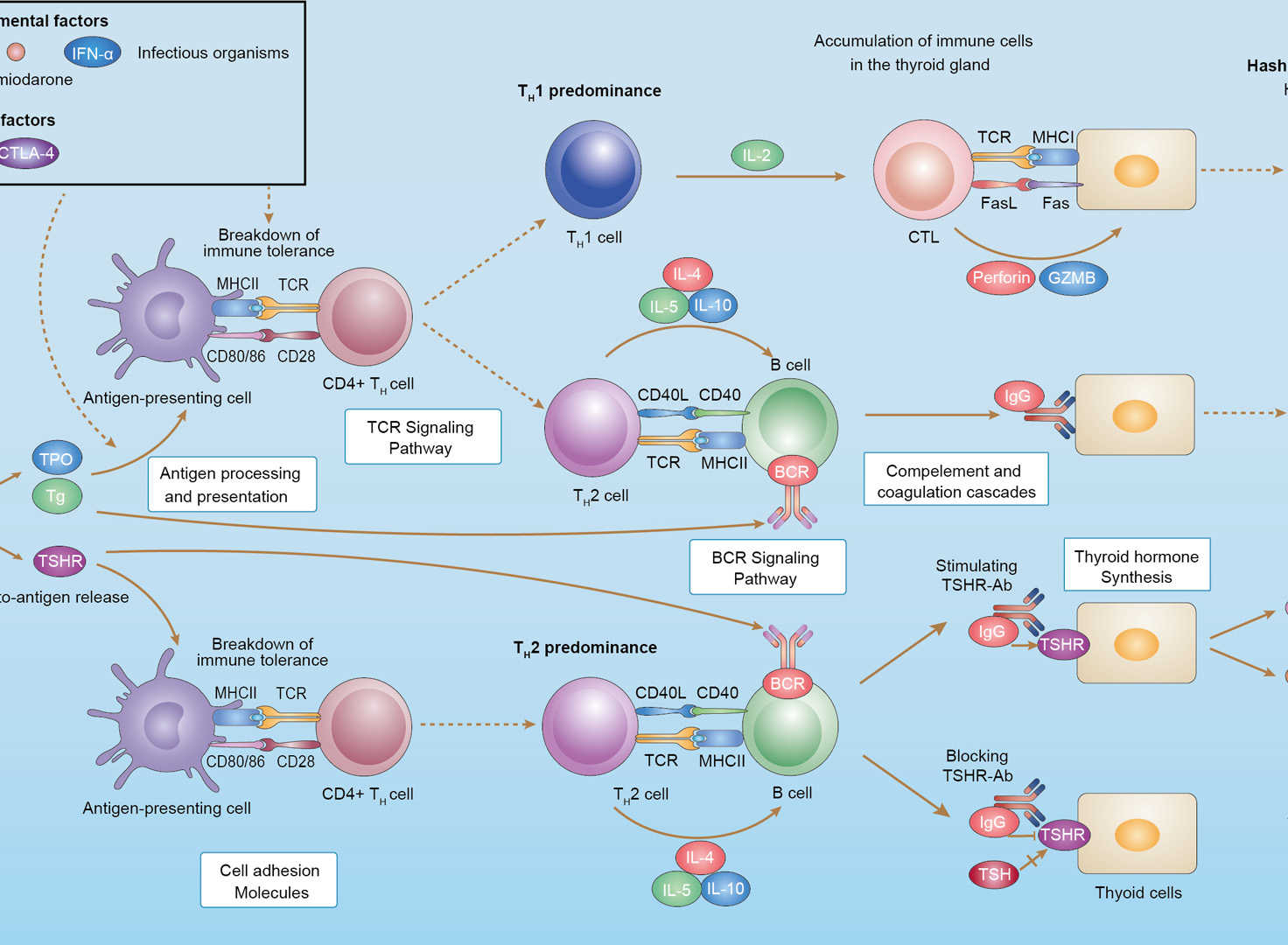 Autoimmune Thyroid Disease
Autoimmune Thyroid Disease
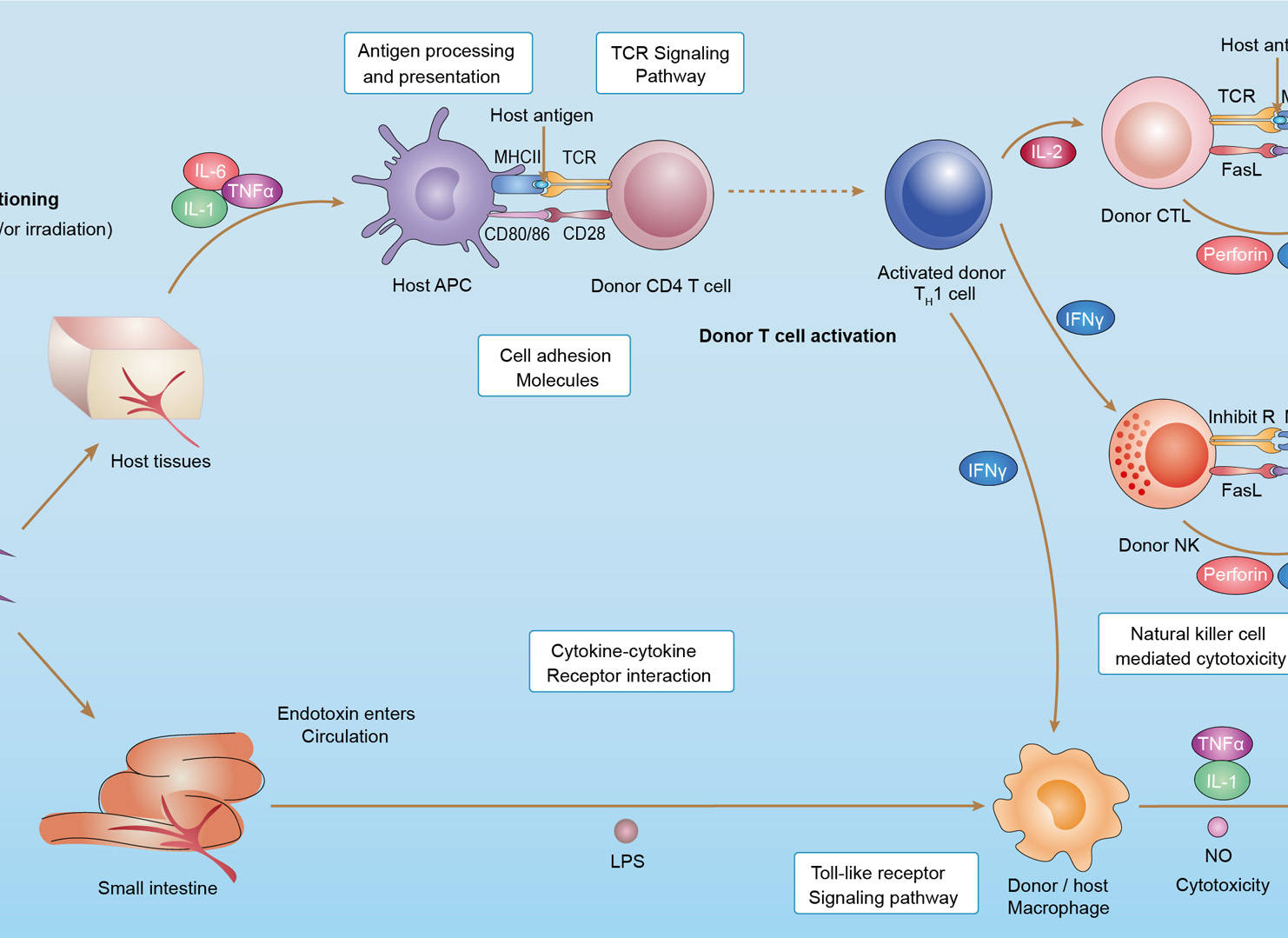 Graft-versus-Host Disease
Graft-versus-Host Disease
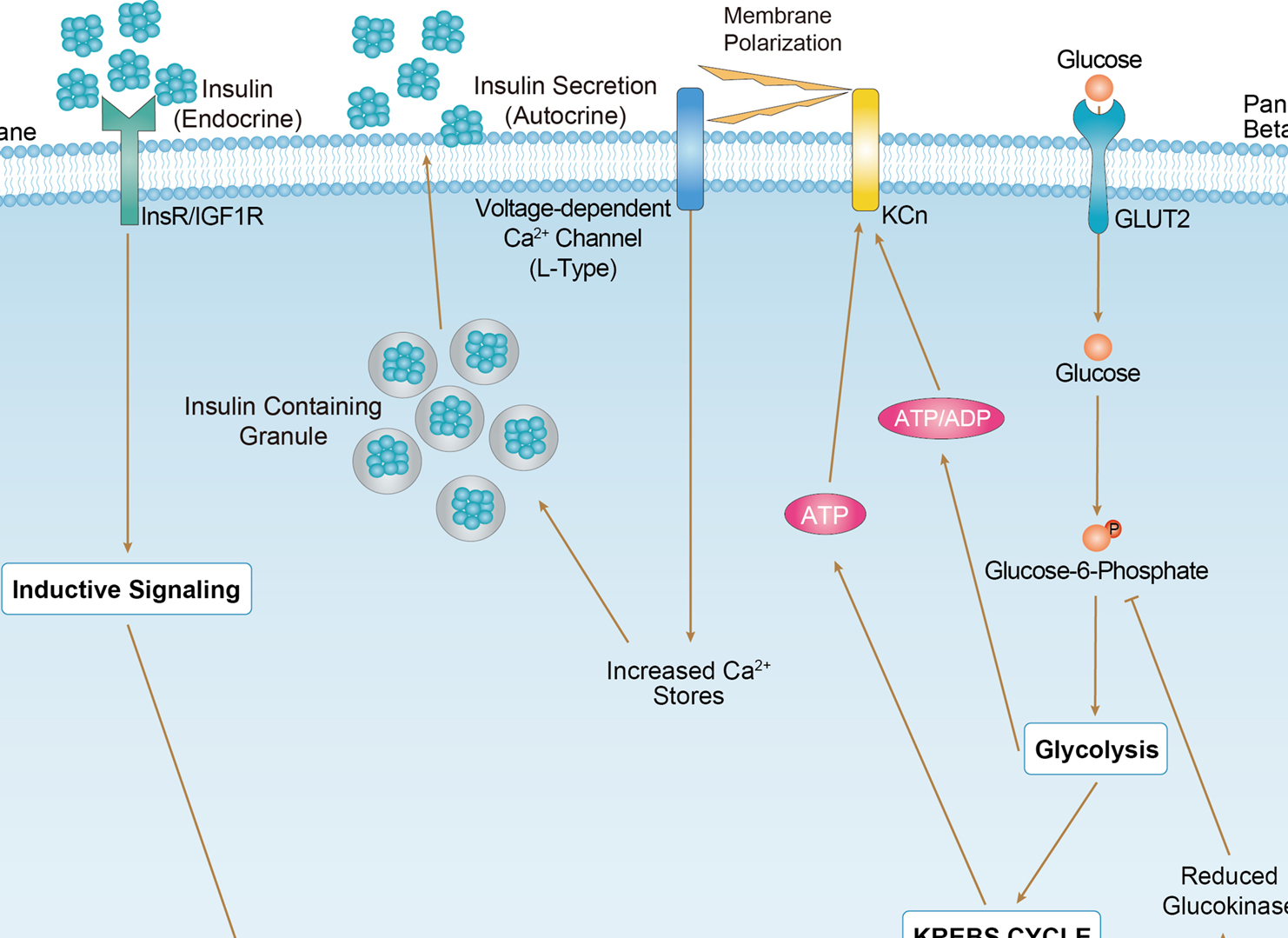 Maturity Onset Diabetes of the Young
Maturity Onset Diabetes of the Young